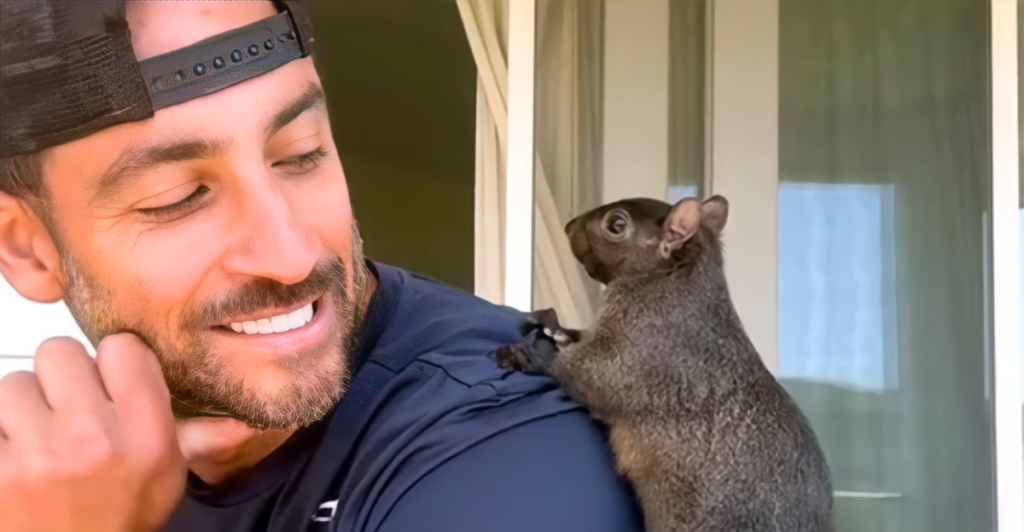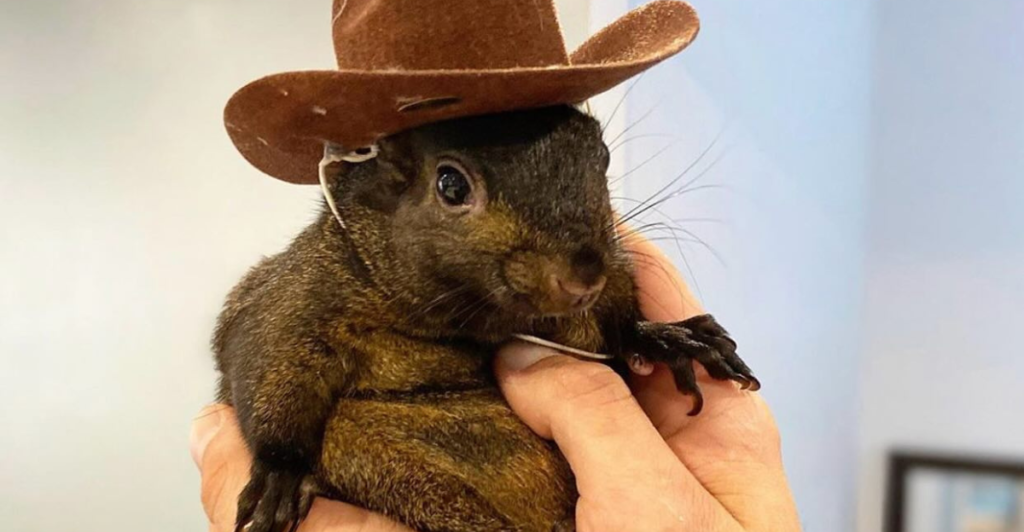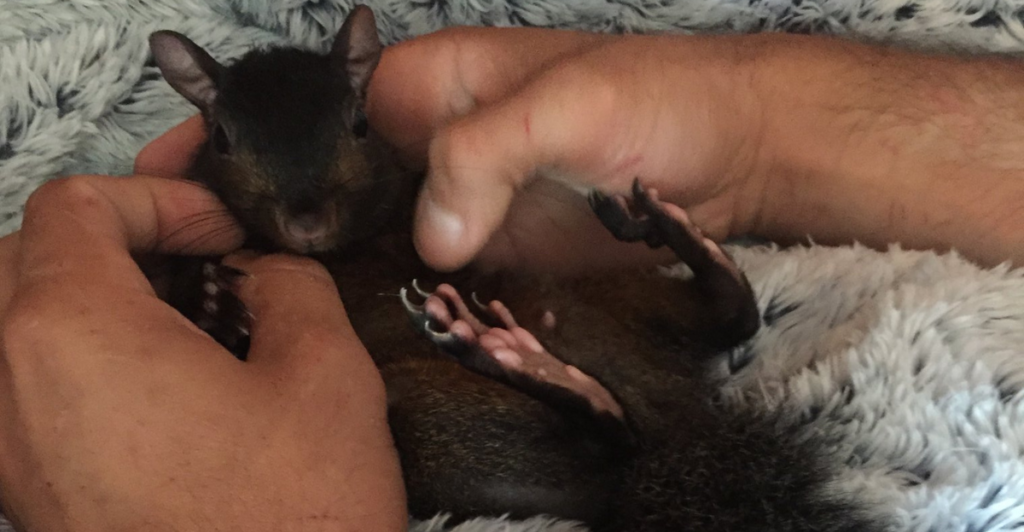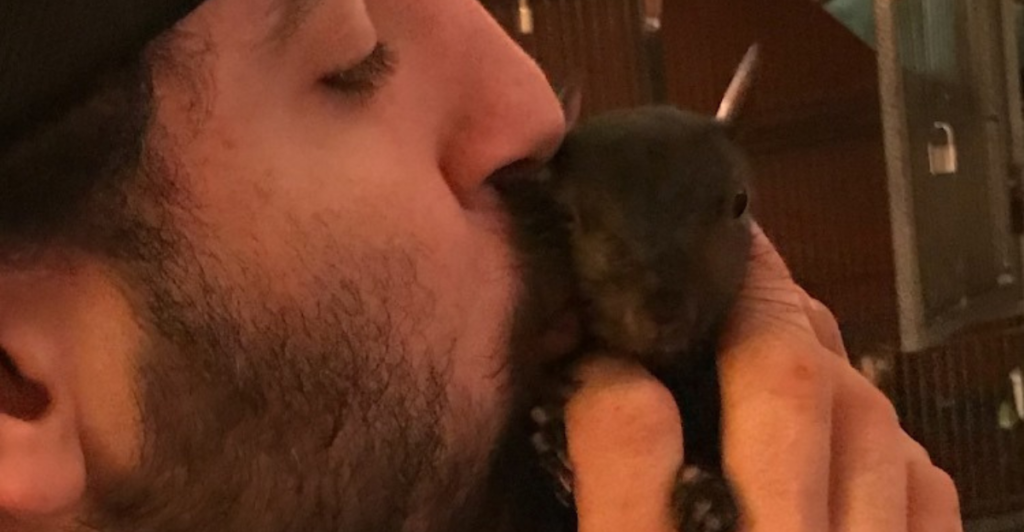
In recent years, the conversation around animal rights and pet ownership has gained significant momentum, but few stories have captured public attention quite like that of Peanut the Squirrel. Peanut was a beloved eastern gray squirrel that was rescued in 2017 by Mark Longo.
Peanut The Squirrel

Longo explained that he had been driving home from work in New York City when he saw that Peanut’s mother had been struck and killed by a car. Longo took Peanut in and raised him. He soon began posting about him on social media. By October 2024, the account had over half a million followers.
He Was Seized

On October 30, 2024, Peanut was seized from Longo’s home by the New York State Department of Environmental Conservation. He was euthanized soon after, which created an outcry on social media.
Gaps In Legal Protections

Peanut’s case showed gaps in legal protections for pet owners and sanctuaries, sparking widespread discussions about how authorities handle traditional and non-traditional pets. But let’s take a look at seven new policies that could change pet ownership in America.
1. Peanut’s Law: Humane Animal Protection Act

Peanut’s Law, which was named after Peanut the Squirrel, is a proposed legislation in New York that aims to improve the animal seizure and euthanasia process, particularly for animals in sanctuaries. It requires authorities to wait for 72 hours before euthanizing any sanctuary animal. This gives sanctuary operators time to respond, arrange veterinary care, and appeal, preventing the removal of animals from responsible owners and sanctuaries.
Legal Recognition

Peanut’s law gives animal sanctuaries legal means to delay unjustified animal seizures through granting them legal recognition. Within Peanut’s law, licensed sanctuaries can require a hearing to be held before any animal can be confiscated.
2. Justice for Peanut and Fred Act

Proposed in Georgia, The Justice for Peanut and Fred Act focuses on protecting responsible pet owners from the unnecessary seizure and euthanasia of their pets. It calls for a judicial oversight that ensures a court review before authorities can impound or euthanize animals while giving proper notifications to pet owners. It provides a 10-business-day window for pet or animal owners to request a hearing after their animals are taken into custody.
3. Paws Off Act

Xylitol is a common sugar substitute that can be found in products like gum, peanut butter, and toothpaste. However, it is highly toxic to many pets and should never be given to them. A new bill in the U.S. House of Representatives proposes mandatory warning labels on all products containing xylitol. This could save countless pets’ lives by increasing the awareness of xylitol toxicity.
4. British Columbia Animal Custody Appeals

The Society for the Prevention of Cruelty to Animals in British Columbia (BC SPCA) holds the right to seize animals that are believed to be in distress under the Prevention of Cruelty to Animals Act (PCAA). Despite the power they wield in this regard, the public are allowed to contest and appeal these animal seizures through the BC Farm Industry Review Board. Public engagement in this realm has increased by as much as 350% since 2019 – promoting fairness and equality in matters of animal removal.
5. Pet-Inclusive Housing Policies

The Pet-Inclusive Housing Policies may change pet ownership in America. Housing is a basic need, but finding housing can be difficult for pet owner’s looking for a home. It has become well-documented that pet ownership does wonders for mental wellbeing. To attempt to address the difficulty innate in finding reasonable, pet-friendly housing, some states are considering legislation that will limit unnecessary fees around housing pets and introduce higher standards of tolerance for pet owners from landlords.
6. California AB 468

In 2022, California tightened up regulations around labeling Emotional Support Animals (ESAs) through California Assembly Bill 468. The bill requires healthcare practitioners and business owners delivering services to owners of ESAs to make clear the differences between an ESA and service animals. This is intended to decrease the number of instances wherein someone may falsely claim rights for their ESA that would normally only be recognised for service animals, thereby ensuring that accommodations are only used by those that truly need it.
7. Revised Dog Importation Rules

The rules around bringing dogs in from low-risk rabies regions have been updated, cutting down on paperwork and days spent in redundant quarantine. The Center for Disease Control and Prevention (CDC) have made this change to allow easier travel for pet owner’s and their pets without compromising on safety standards.







